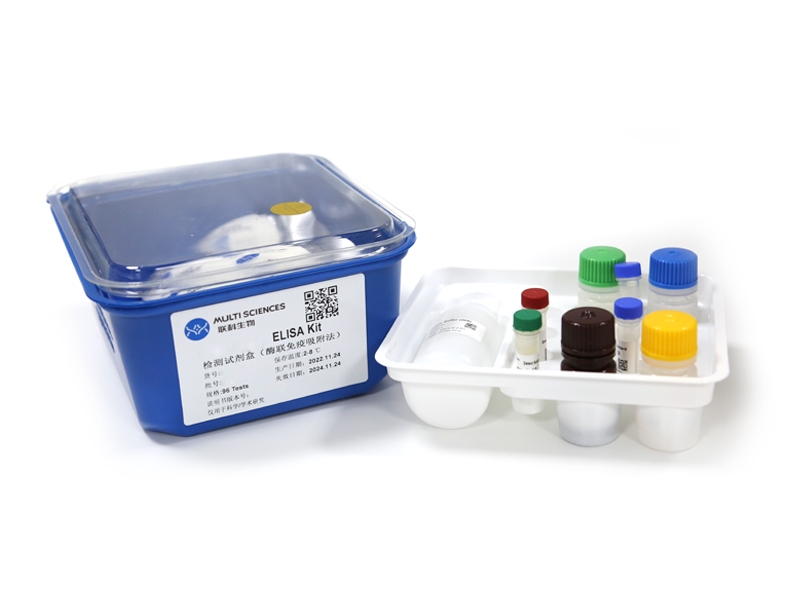Increased biomedical applications of mesoporous silica nanoparticles (MSNs) raise considerable attention concerning their toxicological effects; the toxicities of MSNs are still undefined and the underlying mechanisms are unknown. We conducted this study to determine the hepatotoxicity of continuous administration of MSNs and the potential mechanisms. MSNs caused cytotoxicity in hepatic L02 cells in a dose- and time-dependent manner. Then, MSNs were shown to elicit NOD-like receptor protein 3 (NLRP3) inflammasome activation in hepatocytes, leading to caspase-1-dependent pyroptosis, a novel manner of cell death. In vivo MSN administration triggered hepatotoxicity as indicated by increased histological injury, serum alanine aminotransferase and serum aspartate aminotransferase. Notably, NLRP3 inflammasome and pyroptosis were also activated during the treatment. Meanwhile, in NLRP3 knockout mice and caspase-1 knockout mice, MSN-induced liver inflammation and hepatotoxicity could be abolished. Furthermore, experiments indicated that MSNs induced mitochondrial reactive oxygen species (ROS) generation, and the ROS scavenger could attenuate the MSN-activated NLRP3 inflammasomes and pyroptosis in the liver. Collectively, these data suggested that MSNs triggered liver inflammation and hepatocyte pyroptosis through NLRP3 inflammasome activation, which was caused by MSN-induced ROS generation. Our study provided novel insights into the hepatotoxicity of MSNs and the underlying mechanisms, and facilitated the potential approach to increase the biosafety of MSNs.
文章引用产品
-
-
- EK201B
- ELISA试剂盒
Mouse IL-1β ELISA Kit 检测试剂盒(酶联免疫吸附法)
-
¥1,600.00 – ¥10,800.00
-
- EK201B
- ELISA试剂盒
Mouse IL-1β ELISA Kit 检测试剂盒(酶联免疫吸附法)
- ¥1,600.00 – ¥10,800.00



